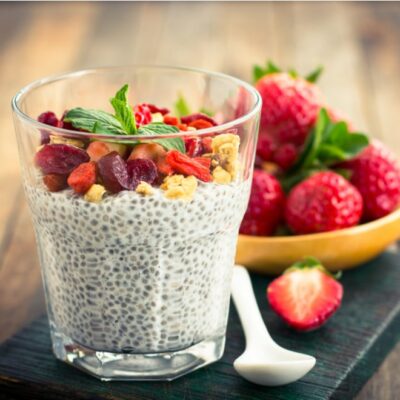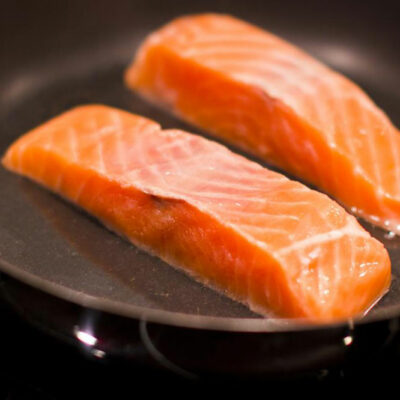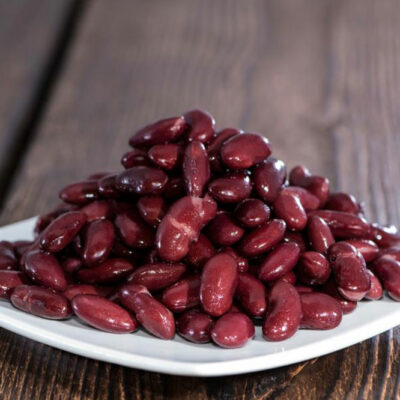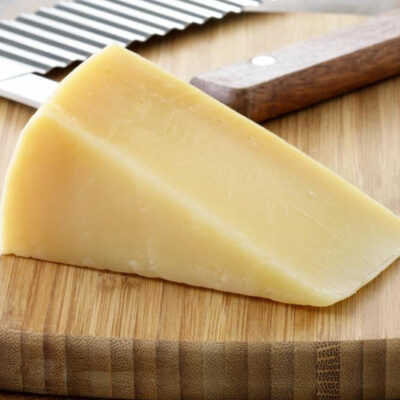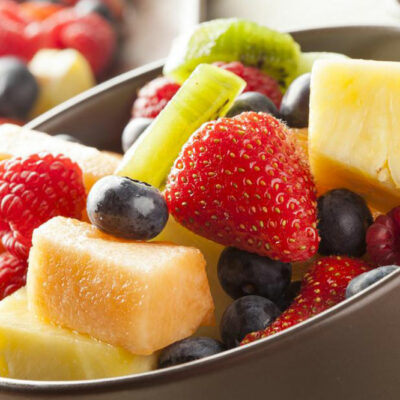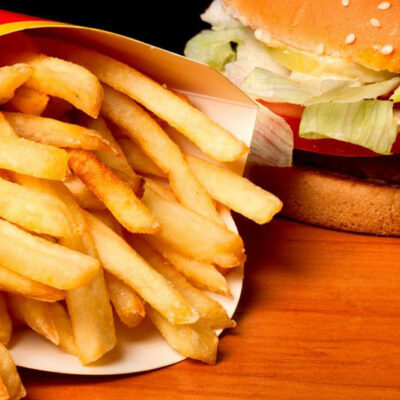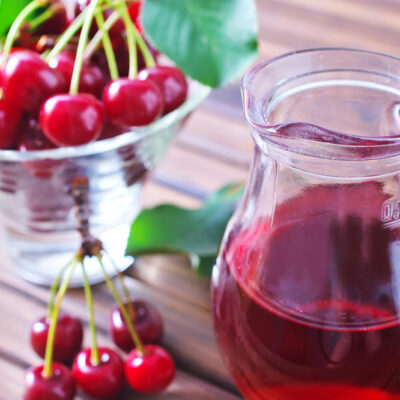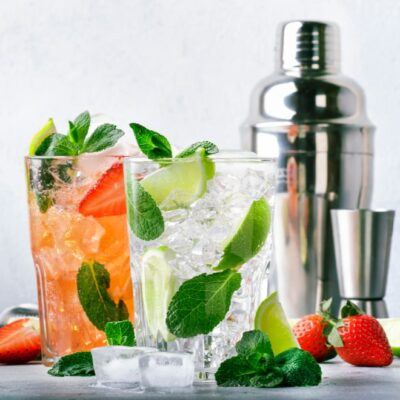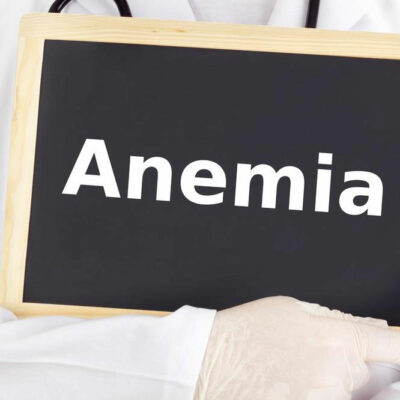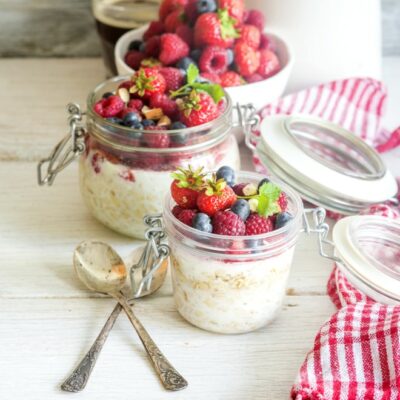
Food
5 Healthy Snacks for High Cholesterol
High cholesterol is one of the consequences of an over-stimulated way of living that excludes all kinds of healthy habits. And that certainly covers snacking. If you are suffering from high cholesterol, and are looking for some guilt-free snacks to peck at, look no further. Here are five healthy snack ideas for you. Vegetables A good source of essential vitamins, minerals, fiber, and micronutrients, an assortment of colorful vegetables is indispensable in a healthy diet plan. So have more carrots, fresh string beans, peas, eggplants, and potatoes with their skin. Aim to have at least four servings of vegetables every day. In a heated wok, saute some colorful veggies along with shallots and a few garlic pods in olive oil. After a few minutes, switch off the flame, add salt and freshly crushed black pepper, and garnish with lightly roasted sesame seeds for an added crunch. Enjoy a healthy, guilt-free snack anytime, without having to worry about your high cholesterol. Fruits Low-fat fruits like grapes, strawberries, apples, and citrus varieties are ideal snacks for lowering cholesterol. There is nothing more healthy and satisfying for between-meal snacks than a bowl of fresh fruits without any added salt or sugar fruits. Aim to have a minimum of 3 cups of fruit per day.
Read More 